Crashing a drone can be a frustrating and stressful experience for any pilot, whether you’re a novice or a seasoned pro. However, knowing the right steps to take can make all the difference in handling the aftermath and getting your drone back in the air. This guide will walk you through everything you need to do when a drone crashes, including assessing the situation, ensuring safety, retrieving your drone, conducting a damage assessment, troubleshooting and repair, dealing with a broken drone, and preventing future crashes. Let’s dive in.
1. Assess the Situation
What Happens When a Drone Crashes?
The first thing to do when your drone crashes is to stay calm and assess the situation. Panicking can lead to rash decisions that might exacerbate the problem. Here’s what you need to consider:
- Check Your Surroundings for Safety:
- Ensure that no one was injured. If your drone has hit someone, attend to them immediately and seek medical assistance if necessary.
- Assess any property damage caused by the crash. If your drone has collided with a vehicle, building, or other property, document the damage for insurance or liability purposes.
- Locate Your Drone:
- Use the drone’s GPS tracker if it has one, or retrace your flight path to find where it landed.
- Be cautious when approaching your drone, especially if it has landed in a precarious position, such as on a roof or in a tree.
- Power Down the Drone:
- If the drone is still powered on, turn it off to prevent further damage. This is particularly important if the drone’s motors are still running or if it is emitting smoke or unusual noises.
- Initial Visual Inspection:
- Quickly inspect the drone for obvious signs of damage. Look for broken propellers, cracks in the body, and any other visible issues.
- Take note of any parts that may have detached during the crash and retrieve them if possible.
By methodically assessing the situation, you can prevent further accidents and gather crucial information needed for the next steps in handling a drone crash.
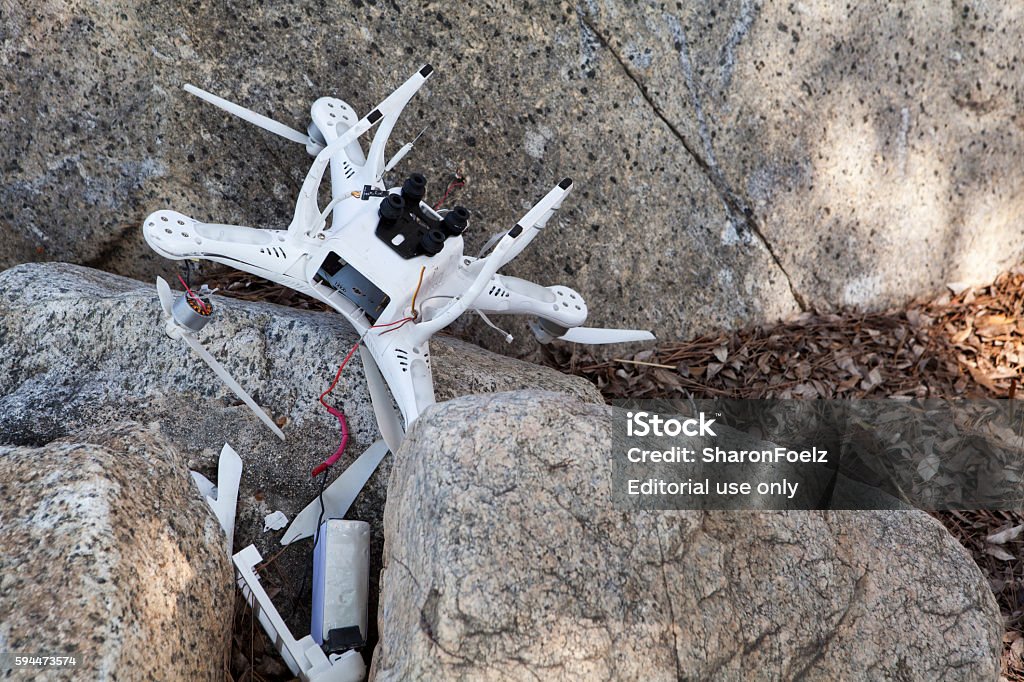
2. Ensure Safety First
What If My Drone Hits Someone?
Safety is the top priority immediately after a drone crash, especially if it involves other people. Here’s what you need to do to ensure everyone’s safety and address any legal or ethical concerns:
- Check for Injuries:
- If your drone has hit someone, check for any injuries right away. Minor injuries deserve attention too.
- If you are trained, provide first aid immediately. For serious injuries, call emergency services immediately.
- Exchange Information:
- If your drone has caused injury or property damage, exchange contact information with the affected parties.
- Document the incident with photos and notes, and offer your insurance details if you have coverage for drone-related accidents.
- Report the Incident:
- Depending on the severity of the incident, you may need to report it to local authorities or aviation regulators. Ensure compliance by checking the regulations in your area.
- If your drone hit someone, it might also be necessary to file a report with your drone’s manufacturer, especially if it involves a malfunction.
- Legal and Ethical Considerations:
- Be prepared to take responsibility for any damages or injuries caused by your drone. Understanding your legal obligations is crucial to avoid further complications.
- Consider offering to cover medical expenses or repair costs as a goodwill gesture, even if it’s not legally required.
- Review Your Insurance:
- If you have drone insurance, contact your provider to report the incident and understand what your policy covers.
- If you don’t have insurance, this might be a good time to consider getting coverage to protect against future incidents.
Ensuring safety and addressing any legal or ethical issues promptly not only helps you manage the immediate aftermath of a drone crash but also demonstrates responsible drone ownership. This approach helps protect you from potential legal consequences and maintains good relationships with those affected by the incident.
3. Retrieve Your Drone Carefully
Retrieving your drone safely is crucial to avoid causing further damage to your drone and ensuring your own safety. Here are the steps to follow for different retrieval scenarios:
- Assess the Landing Environment:
- Open Areas:
- If your drone has landed in an open area, approach it carefully. Watch out for any obstacles or hazards, such as uneven ground or water bodies.
- Hard-to-Reach Places:
- If your drone has landed in a tree, on a roof, or another difficult-to-reach spot, consider using a ladder or long pole to retrieve it. Ensure you have proper safety gear and assistance if needed.
- Open Areas:
- Handle Water Landings:
- Can a Drone Survive Water?
- Water landings can be particularly tricky. If your drone has fallen into water, act quickly. Drones are generally not waterproof, and prolonged exposure can cause significant damage.
- Retrieve the drone as quickly as possible to minimize water damage. Avoid turning it on until it has completely dried out. You can place it in a bag of uncooked rice or use silica gel packets to help absorb moisture.
- Can a Drone Survive Water?
- Power Down the Drone:
- Once you have retrieved your drone, power it down immediately if it is still on. This helps prevent further damage and reduces the risk of electrical short circuits.
- Initial Inspection:
- Conduct an initial inspection of the drone to identify any visible damage. Check for broken propellers, cracks in the body, and any detached parts.
- Note any damages that need immediate attention and handle the drone gently to avoid exacerbating the issues.
- Document the Crash Site:
- Take photos of the crash site and your drone’s condition. This documentation can be useful for insurance claims, repair assessments, and understanding the cause of the crash.
- Seek Assistance if Needed:
- If the drone is in a precarious position or you are unable to retrieve it safely, seek professional help. Some companies specialize in drone retrieval services and can assist in difficult situations.
By carefully retrieving your drone and conducting an initial inspection, you can minimize additional damage and prepare for the next steps in assessing and repairing your drone.
4. Initial Damage Assessment
Can a Crashed Drone Be Repaired?
Once you have retrieved your drone, it’s time to assess the damage to determine if it can be repaired. Here’s how to conduct a thorough initial damage assessment:
- Visual Inspection:
- Check the Frame:
- Look for cracks, dents, or bends in the drone’s frame. The structural integrity of the frame is crucial for stable flight.
- Inspect the Propellers:
- Examine all propellers for any cracks, chips, or bends. Damaged propellers should be replaced immediately as they can affect the drone’s performance and safety.
- Examine the Motors:
- Make sure the motors are securely attached and clean. Spin each motor by hand to check for smooth operation.
- Check the Frame:
- Battery and Power System:
- Battery Condition:
- Check the battery for any signs of swelling, leakage, or damage. A compromised battery can be dangerous and should not be used.
- Power Connections:
- Check all power connections and wires for damage. Make sure there are no exposed wires or loose connections.
- Battery Condition:
- Camera and Gimbal:
- Camera Inspection:
- Check the camera lens and housing for cracks or other damage. Ensure the camera is still securely mounted.
- Gimbal Operation:
- Test the gimbal to see if it moves freely and correctly. Look for any signs of misalignment or damage to the gimbal’s motors and connections.
- Camera Inspection:
- Sensors and Electronics:
- Sensor Functionality:
- Inspect all sensors, including obstacle avoidance and GPS modules, for any visible damage. Ensure they are clean and unobstructed.
- Circuit Boards:
- If you feel comfortable, carefully open the drone’s body to check the circuit boards for signs of damage, such as burnt components or loose connections.
- Sensor Functionality:
- Flight Controller and Firmware:
- Firmware Check:
- Connect your drone to its companion app or software to check for any error messages or warnings. Update the firmware if needed.
- Flight Logs:
- Review the flight logs to understand what might have caused the crash. This can provide valuable insights for preventing future incidents.
- Firmware Check:
- Test Basic Functions:
- Once you have inspected all components, power on the drone (if it is safe to do so) and test basic functions such as motor spin-up and gimbal movement. Do this carefully to avoid more damage.
Determining Repairability
After completing the initial damage assessment, you can decide whether the drone can be repaired at home or if professional help is needed:
- Minor Damage:
- If the damage is limited to replaceable parts like propellers or the battery, you can likely handle the repairs yourself.
- Major Damage:
- If there are significant structural issues, damaged motors, or compromised electronics, consider seeking professional repair services. Professional technicians have the tools and expertise to handle complex repairs and ensure your drone is safe to fly again.
By thoroughly assessing the damage, you can make informed decisions about repairing your drone and getting it back in the air.
5. Troubleshooting and Repair
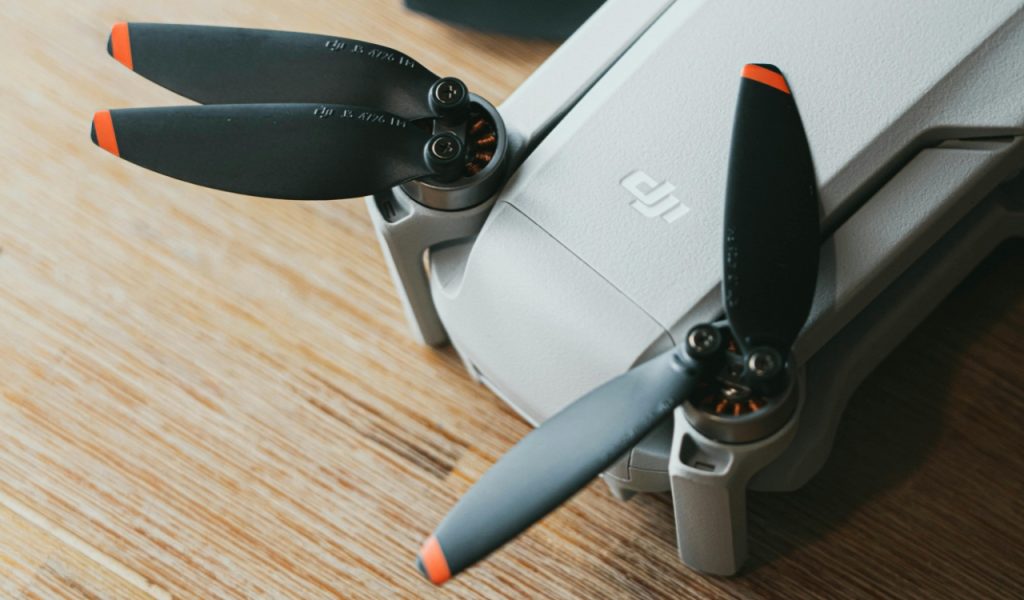
How to Fix My Drone?
Once you have assessed the damage, it’s time to troubleshoot and repair your drone. Here is a step-by-step guide to assist you through the process:
- Replace Broken Parts:
- Propellers:
- Replace any broken or damaged propellers with new ones. Make sure they are properly balanced and securely attached.
- Battery:
- If the battery shows any signs of damage, replace it with a new one. Use only manufacturer-approved batteries to ensure compatibility and safety.
- Frame:
- If the frame is cracked or bent, consider replacing the damaged parts or the entire frame, depending on the extent of the damage.
- Propellers:
- Check and Repair Electronics:
- Loose Connections:
- Reattach any loose wires or connectors. Make sure all connections are secure and insulated properly.
- Circuit Boards:
- Inspect circuit boards for damaged components. If you identify any burnt or broken parts, consider replacing the entire board or seeking professional repair.
- Loose Connections:
- Sensor Calibration:
- Recalibrate Sensors:
- After replacing parts and repairing connections, recalibrate the drone’s sensors. This includes the IMU (Inertial Measurement Unit), compass, and GPS. Follow the calibration procedures as directed by the manufacturer.
- Recalibrate Sensors:
- Firmware Updates:
- Update Firmware:
- Ensure your drone’s firmware is up to date. Firmware updates often include important fixes and improvements that can enhance your drone’s performance and stability.
- Update Firmware:
- Test Flights:
- Controlled Environment:
- Conduct test flights in a controlled environment, such as an open field, to ensure the drone is functioning correctly. Start with basic maneuvers to test stability and responsiveness.
- Monitor Performance:
- Pay close attention to any unusual behavior, such as drifting, vibrations, or errors. Address any issues that arise during the test flights.
- Controlled Environment:
- Seek Professional Help if Needed:
- Drone Repair Services:
- If you encounter issues that you cannot fix on your own, or if the damage is extensive, consider taking your drone to a professional repair service. They have the tools and expertise to handle complex repairs and ensure your drone is safe to fly.
- Drone Repair Services:
By following these troubleshooting and repair steps, you can fix many common issues and get your drone back in the air. Regular maintenance and careful handling can also prevent future crashes and prolong the life of your drone.
6. Dealing with a Broken Drone
What Can I Do with a Broken Drone?
After a crash, you might find that your drone is beyond repair. However, there are still several ways you can make the most out of a broken drone:
- Recycle or Dispose of Responsibly:
- Environmental Considerations:
- Electronic waste, including drones, should be disposed of responsibly to minimize environmental impact. Check for local e-waste recycling programs or drop-off locations.
- Battery Disposal:
- Lithium batteries require special handling. Never throw them in the regular trash. Alternatively, bring them to a battery recycling facility.
- Environmental Considerations:
- Sell for Parts:
- Online Marketplaces:
- Platforms like eBay, Craigslist, or dedicated drone forums are good places to sell broken drones for parts. Many hobbyists are looking for spare parts and might find value in your broken drone.
- Drone Repair Shops:
- Some repair shops buy broken drones to salvage parts. Contact local shops to see if they are interested in purchasing your drone.
- Online Marketplaces:
- Repurpose Parts:
- DIY Projects:
- If you enjoy DIY projects, consider repurposing parts of your drone. Motors, cameras, and sensors can be used in various hobbyist electronics projects.
- Educational Tools:
- Use the parts for educational purposes. Building and disassembling drones can be a great learning experience for those interested in robotics and electronics.
- DIY Projects:
- Use for Practice and Training:
- Practice Repairs:
- Use your broken drone to practice repair skills. This can be a valuable learning experience and prepare you for future repairs on other drones.
- Simulator Setup:
- Use the components, like the controller or camera, to set up a flight simulator. This can enhance your flying skills without the chance of causing damage to another drone.
- Practice Repairs:
- Create Art or Display Pieces:
- Creative Projects:
- Turn your broken drone into a piece of art. The unique look of drone components can make interesting and futuristic art pieces.
- Display for Enthusiasts:
- If you’re a drone enthusiast, you can create a display piece for your home or office. It can serve as a reminder of your drone adventures and learning experiences.
- Creative Projects:
- Donate for Research:
- Educational Institutions:
- Schools, universities, and robotics clubs often welcome donations of broken drones for research and educational purposes. Get in touch with nearby institutions to see if they’re interested.
- Research Organizations:
- Some organizations conduct research on drone technology and may find value in your broken drone for testing and analysis.
- Educational Institutions:
What to Do with a Broken Drone
Deciding what to do with a broken drone depends on its condition and your personal preferences. Whether you choose to recycle, sell, repurpose, or donate, there are numerous options to ensure that your broken drone doesn’t go to waste.
By exploring these possibilities, you can find a meaningful use for your broken drone, contributing to sustainability, education, or even your personal hobbies and skiSta
7. Preventing Future Crashes
Preventing future drone crashes involves a combination of improving your flying skills, maintaining your drone, and understanding its capabilities and limitations. Here are some practical tips to help you avoid future accidents:
- Improve Your Flying Skills:
- Practice Regularly:
- Regular practice helps you become more familiar with your drone’s controls and behavior. Begin with basic maneuvers and gradually progress to more complex flights.
- Use Flight Simulators:
- Flight simulators are a great way to practice flying in a risk-free environment. Many drone manufacturers offer simulators that mimic real flight conditions.
- Take a Training Course:
- Consider enrolling in a drone flying course. Professional training can provide valuable insights and techniques that improve your flying skills.
- Practice Regularly:
- Conduct Pre-Flight Checks:
- Inspect Your Drone:
- Before each flight, thoroughly inspect your drone for any signs of damage or wear. Check the propellers, motors, battery, and sensors.
- Check Firmware and Software:
- Make sure your drone’s firmware and any associated software are up to date. Updates often include important fixes and enhancements that can improve flight stability and safety.
- Inspect Your Drone:
- Understand Your Drone’s Capabilities and Limits:
- Read the Manual:
- Familiarize yourself with your drone’s user manual. Understanding its features, limitations, and recommended operating conditions is crucial.
- Stay Within Range:
- Avoid flying your drone beyond its maximum range. Loss of signal can lead to crashes or lost drones.
- Respect Weather Conditions:
- Avoid flying in adverse weather conditions such as high winds, rain, or extreme temperatures. Weather can significantly impact your drone’s performance and stability.
- Read the Manual:
- Maintain Your Drone Regularly:
- Clean and Maintain Parts:
- Regularly clean your drone’s propellers, motors, and sensors. Remove any dust, dirt, or debris that could affect performance.
- Replace Worn Parts:
- Replace any parts that show signs of wear or damage. This includes propellers, batteries, and any other components that may degrade over time.
- Calibrate Sensors:
- Regularly calibrate your drone’s sensors to ensure accurate flight and navigation. Please adhere to the manufacturer’s guidelines for calibrating procedures.
- Clean and Maintain Parts:
- Plan Your Flight Path:
- Scout the Area:
- Before flying, scout the area for potential obstacles and hazards. Design a flight path that prioritizes safety and avoids these obstacles.
- Use Waypoints:
- Use waypoint navigation if your drone supports it. Pre-programmed waypoints can help ensure a safe and controlled flight path.
- Fly in Open Spaces:
- Whenever possible, fly in open spaces with minimal obstacles. This reduces the risk of collisions and provides more room for error.
- Scout the Area:
- Monitor Battery Levels:
- Check Battery Health:
- Regularly check the health of your drone’s battery. Replace batteries that show signs of swelling, reduced capacity, or other issues.
- Monitor Battery During Flight:
- Keep an eye on battery levels during flight. Ensure you have enough power to return to your starting point safely. Most drones have battery level indicators or alerts to help with this.
- Check Battery Health:
Can a Drone Survive a Crash?
While drones are built to withstand minor crashes, the extent of damage depends on the severity of the crash and the quality of the drone. Some drones are more resilient and can survive moderate crashes with minor repairs, while others may sustain significant damage from similar impacts. Investing in a high-quality drone with robust construction can help improve its chances of surviving crashes.
By following these tips, you can significantly reduce the likelihood of future crashes and keep your drone in top condition for many flights to come. Regular maintenance, careful planning, and continuous skill improvement are key to safe and enjoyable drone flying.
8. Conclusion
Crashing a drone can be a stressful and frustrating experience, but knowing the right steps to take can make all the difference. By staying calm and assessing the situation, ensuring safety, retrieving your drone carefully, and conducting a thorough damage assessment, you can effectively manage the aftermath of a crash.
Repairing your drone, whether through basic troubleshooting or seeking professional help, allows you to get back in the air quickly and safely. And even if your drone is beyond repair, there are numerous ways to deal with a broken drone, from recycling and selling parts to repurposing components for new projects.
Preventing future crashes is just as important as handling current ones. By improving your flying skills, maintaining your drone, and understanding its capabilities and limitations, you can significantly reduce the risk of future accidents. Regular practice, pre-flight checks, and careful planning are crucial for safe and enjoyable drone flying.
Remember, drone crashes are part of the learning process, and each incident provides valuable lessons. Stay informed, stay prepared, and keep enjoying the incredible experience of drone flying. If you have any tips, experiences, or questions about handling drone crashes, feel free to share them in the comments below. Happy flying!
9. Additional Resources
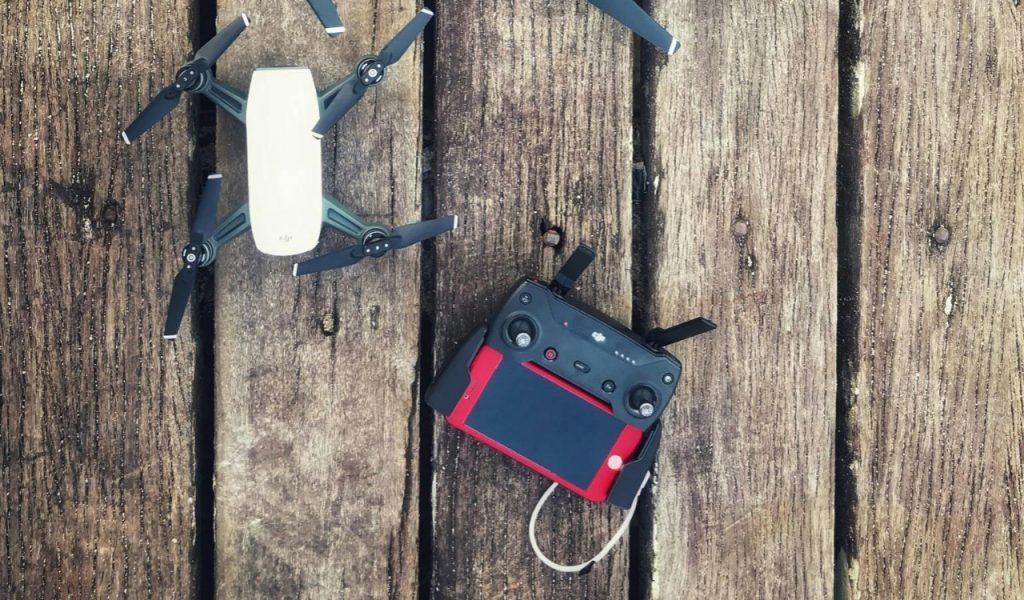
To further enhance your knowledge and skills in handling drone crashes and maintaining your drone, here are some valuable resources:
- Drone Manufacturer Websites:
- Visit the official websites of your drone’s manufacturer for manuals, firmware updates, troubleshooting guides, and support forums. These resources often contain specific information tailored to your drone model.
- Online Drone Communities and Forums:
- Platforms like DJI Forum, PhantomPilots, and Reddit’s r/drones offer a wealth of information from fellow drone enthusiasts. You can find advice, share experiences, and get answers to specific questions.
- YouTube Tutorials:
- Many drone experts and enthusiasts share repair guides, maintenance tips, and flying tutorials on YouTube. Channels like “UAV Coach,” “Drone Camps RC,” and “Captain Drone” provide step-by-step videos on various topics.
- Drone Pilot Training Courses:
- Consider enrolling in online or in-person drone pilot training courses. Websites like Drone Pilot Ground School and Udemy offer comprehensive courses covering everything from basic flying skills to advanced maneuvers and safety protocols.
- Books and eBooks:
- There are numerous books and eBooks available on drone flying, maintenance, and repair. Titles such as “Drones: The Professional Drone Pilot’s Manual” by Brian Halliday and “Build a Drone: A Step-by-Step Guide to Designing, Constructing, and Flying Your Very Own Drone” by Barry Davies provide in-depth knowledge.
- Regulatory and Safety Information:
- Stay updated on the latest regulations and safety guidelines from aviation authorities such as the Federal Aviation Administration (FAA) in the United States or the European Union Aviation Safety Agency (EASA). Their websites offer resources and information on legal requirements for drone operations.
- Drone Repair Services:
- If you need professional help, look for reputable drone repair services in your area. Companies like Drone Nerds, DroneFly, and various local repair shops specialize in fixing a wide range of drone issues.
- Mobile Apps:
- Utilize mobile apps designed for drone pilots. Apps like DroneDeploy, Kittyhawk, and Airmap provide tools for flight planning, airspace awareness, and real-time weather updates, helping you fly safely and efficiently.
By leveraging these resources, you can enhance your drone flying experience, improve your skills, and ensure your drone remains in optimal condition. Whether you’re a beginner or an experienced pilot, continuous learning and staying informed are key to safe and successful drone operations.
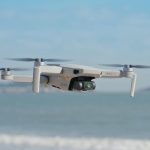
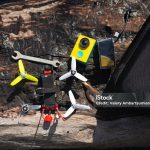

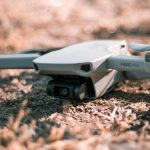
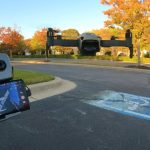

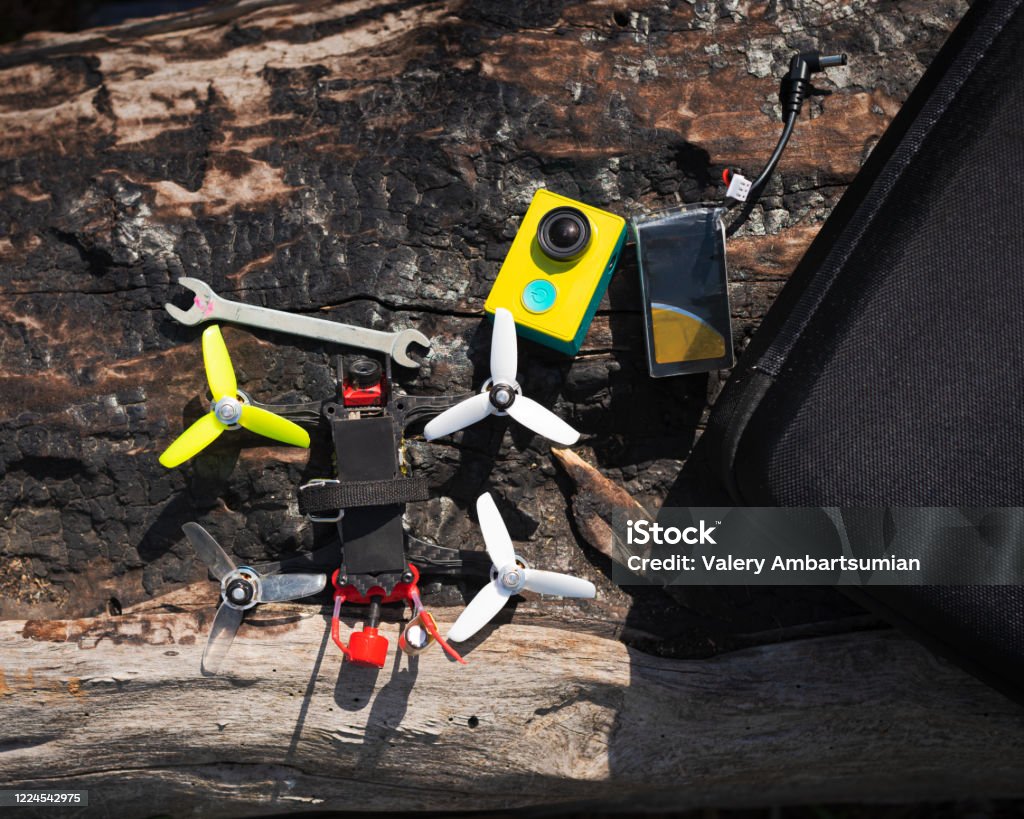
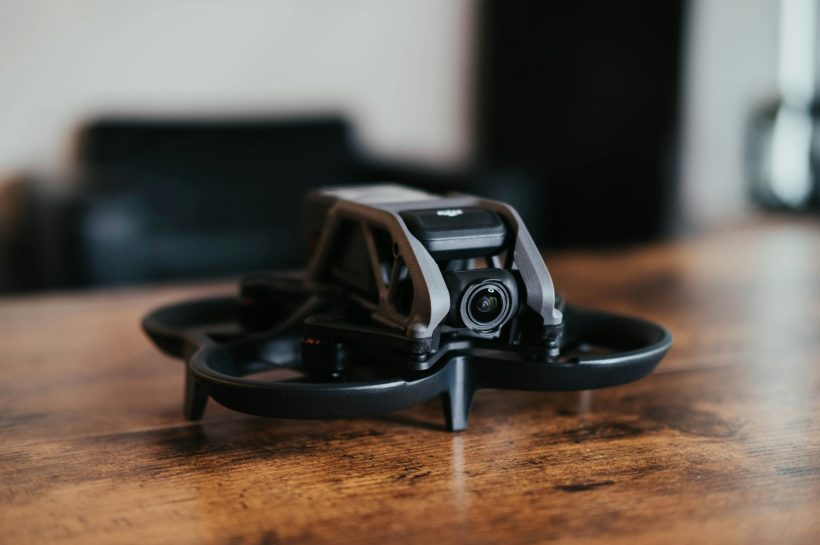
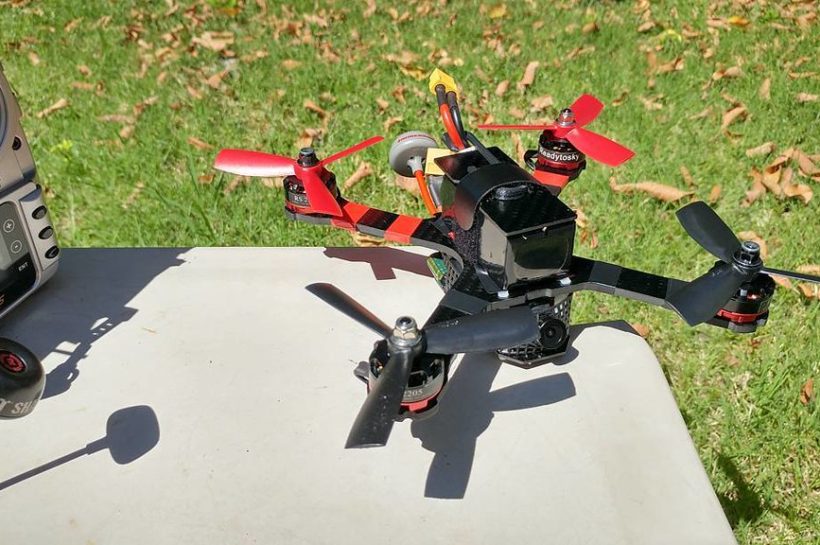
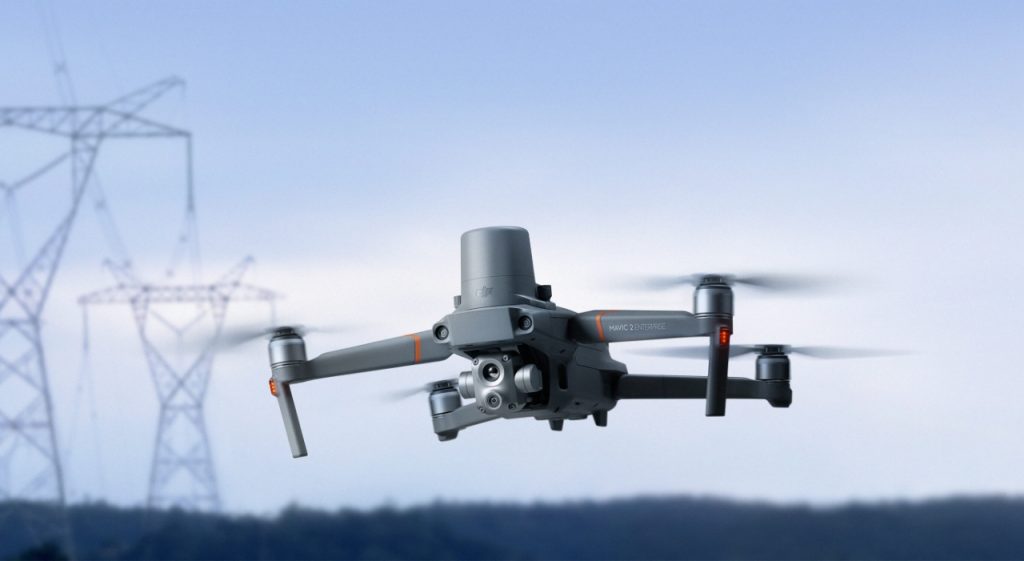

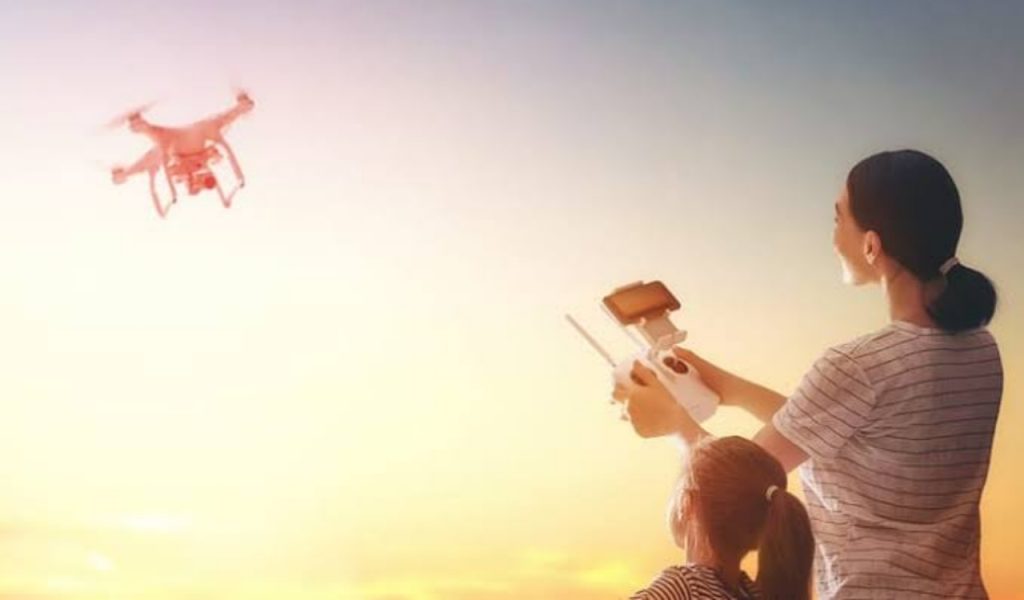
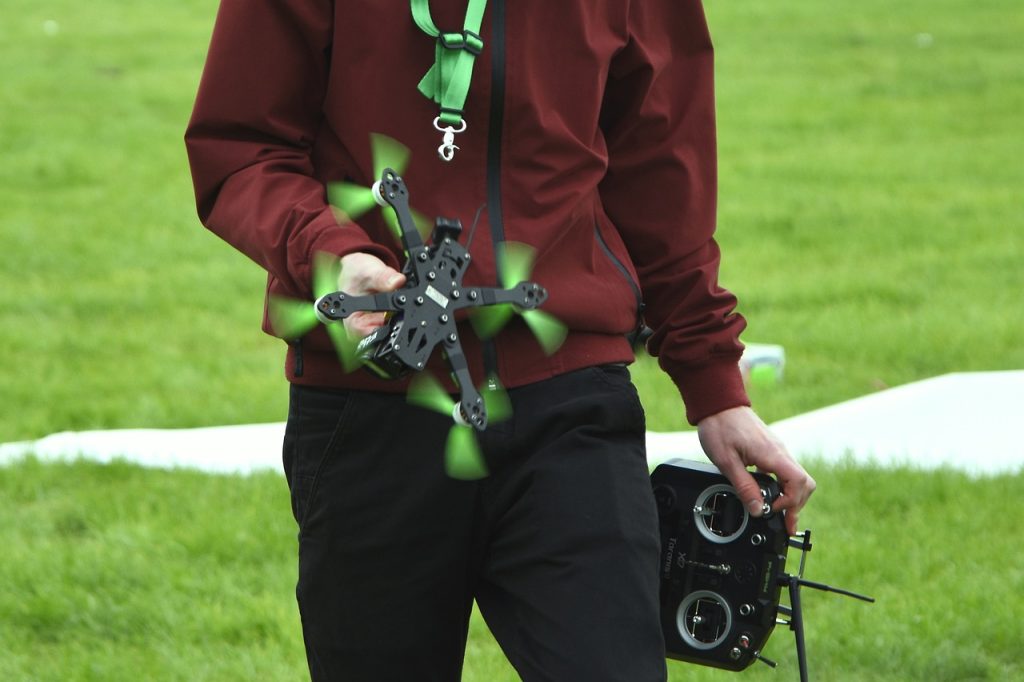

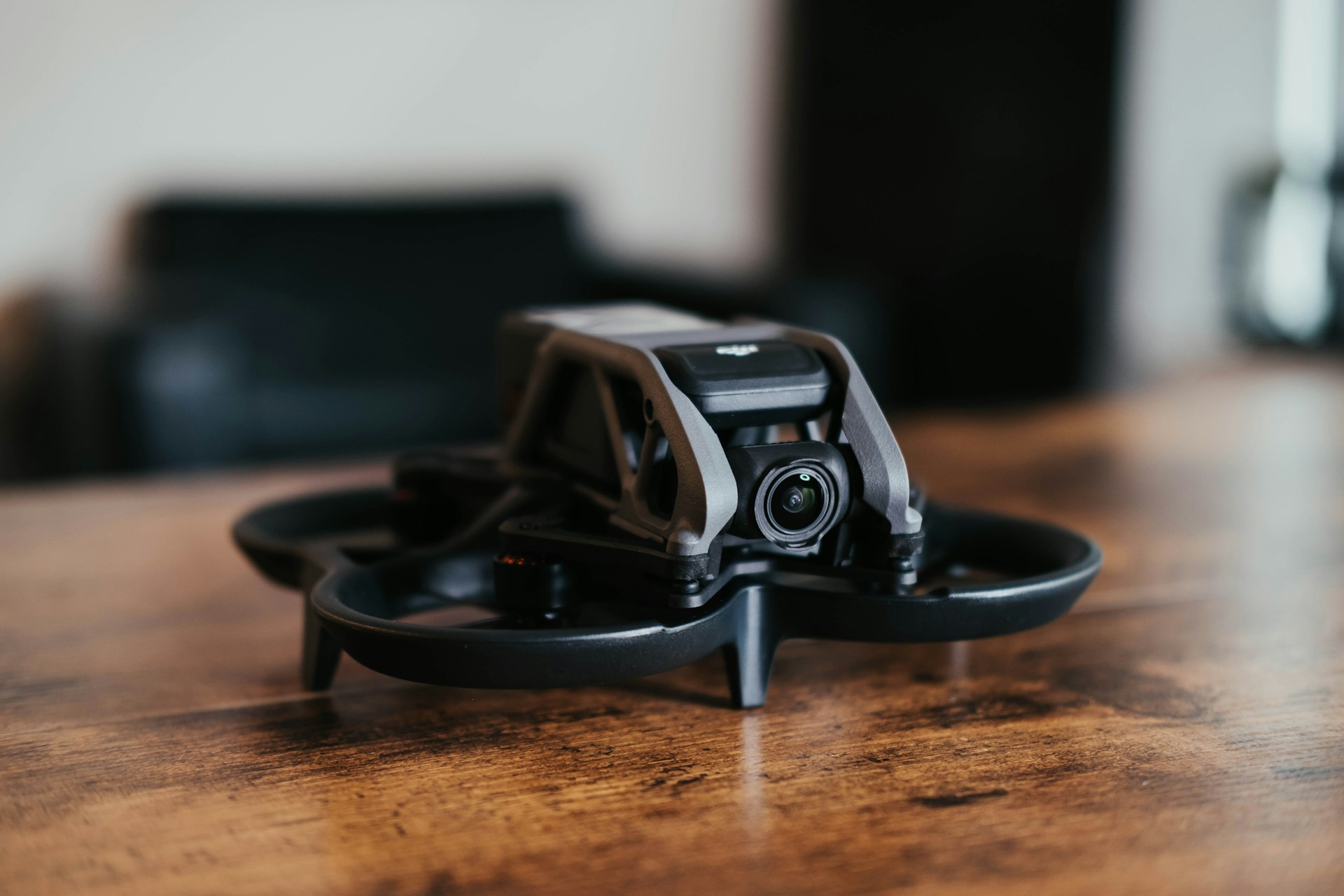

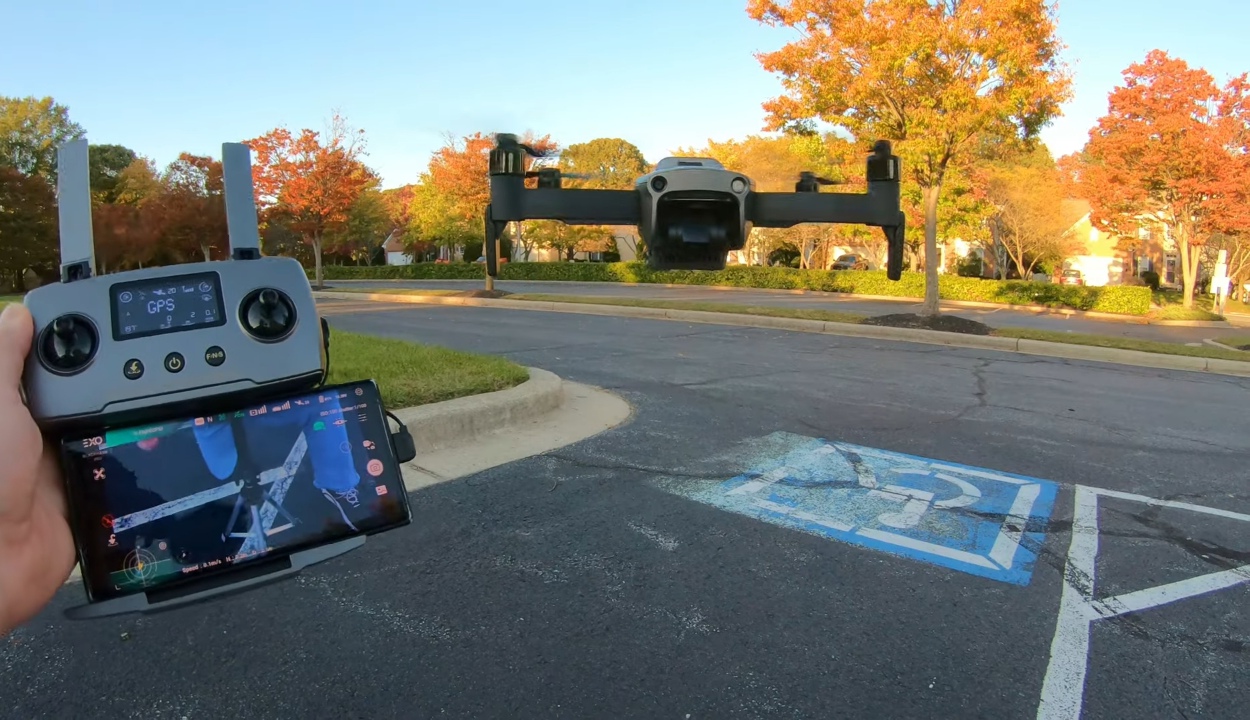
Hey people!!!!!
Good mood and good luck to everyone!!!!!